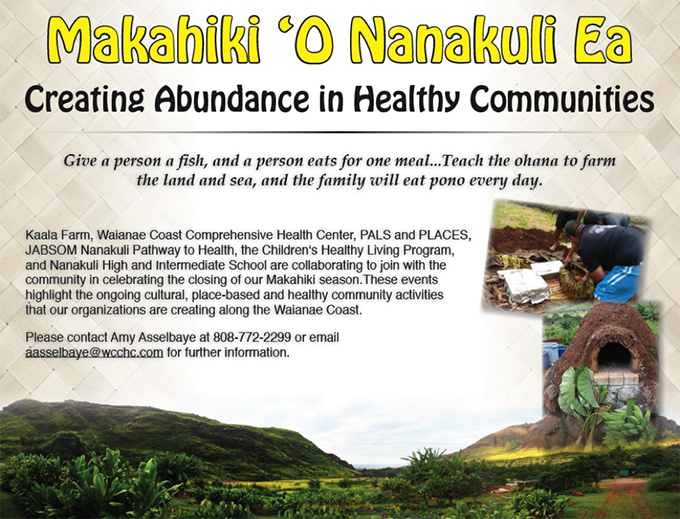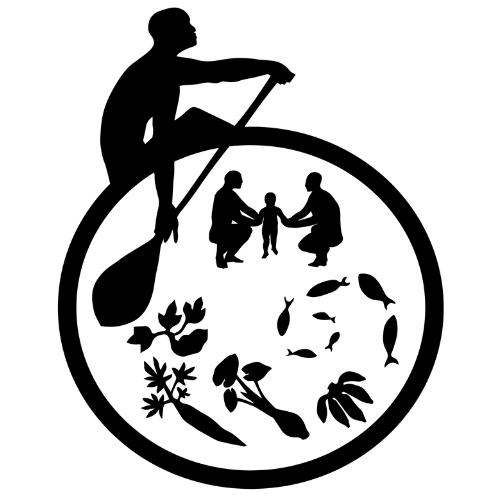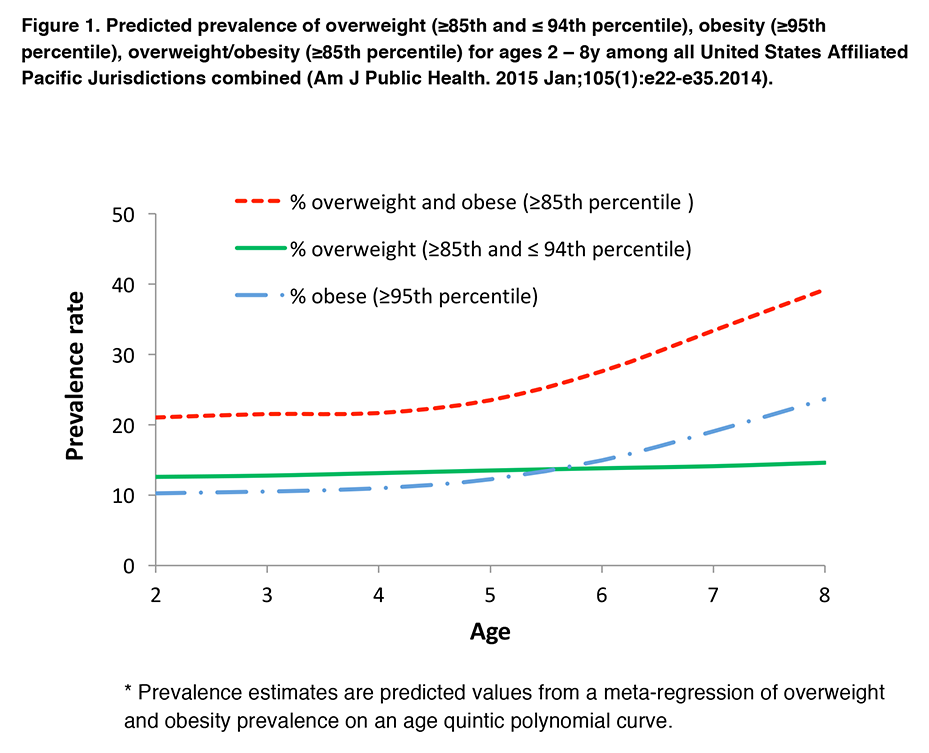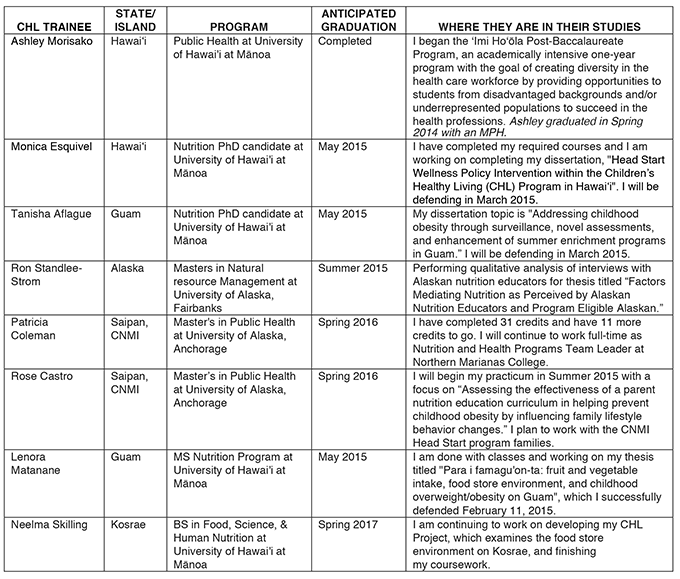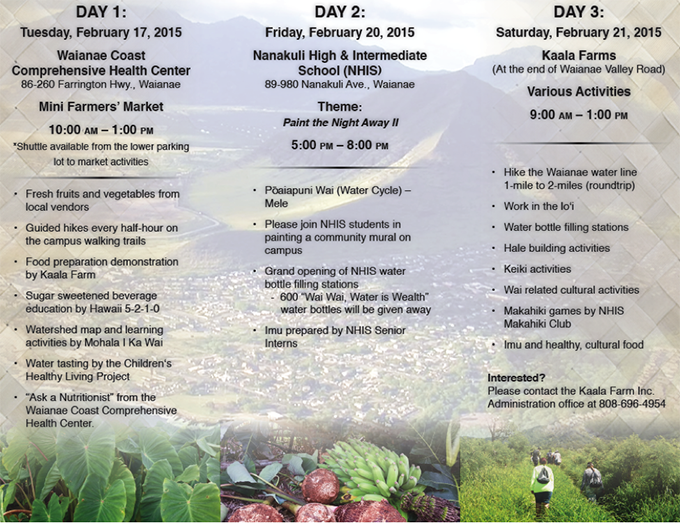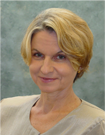
We approach year 5 of the CHL program, and are seeing results from data collection, and community healthy living initiatives!
We gathered existing data from around the region, and have documented that obesity increases in occurrence among our children, from 21% at age 2 years to 39% by age 8 years; and the problem increases at around school entry (Am J Public Health. 2015 Jan;105(1):e22-e35.2014). We will be updating these findings with CHL measured data, and using information such as this to guide our program plans.
CHL has been active with community partners to increase active play and healthy eating. And the partners are running with it.
CHL trainees are graduating and taking increasing leadership in communities. We are proud that they are finding important ways to support health of children with their work.
Thank you to all CHLers and community partners for your hard work, and especially for your enthusiasm and commitment to the future through the children.
Aloha, Rachel
Professor Rachel Novotny, PhD, RD
Principal Investigator and Program Director, Children’s Healthy Living Program
From the CHL Education Program
Where are the students in CHL’s initial cohort in their educational quest?
Part of the outcomes of CHL is to educate up to 22 students from the US Affiliated Pacific in areas related to childhood obesity such as nutrition and public health. Here is the update on our first cohort of 8 students. Their class photo is here.
Alaska
CHL Team Alaska
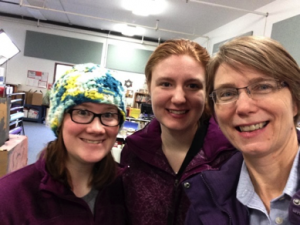
Winter has come to Alaska, but temperatures hailing forty degrees below zero have not stopped the CHL Alaska team’s momentum! We have worked with the Fairbanks Families partnership to upgrade and redesign their website, an online resource for parents with young children in the community. From parenting tips, to recreational opportunities, to a community calendar, parents can find it all on this website. CHL materials, such as summer and winter scavenger hunts and an activity spinner game for parents and kids, are available on the website for download. The CHL team is also working to provide Fairbanks Families with content for a page dedicated solely to nutrition resources in the community. We plan to make more CHL materials, such as the recipes from our Foodies at the Food Bank series, available on this page as well. By integrating CHL materials into this established community resource, we can promote the CHL message among families for years to come!
The CHL Alaska team has grown with the addition of Patricia Quinn, our new site coordinator in Mat-Su. Patricia worked with Alaska Family Services for 5 years and is well-connected in the community. We have already recruited more than half of participants to enroll in the CHL program in Mat-Su, and with her leadership we anticipate a successful 2015 for CHL Alaska efforts.
American Samoa
CHL Team American Samoa
Community members taking ownership of the future
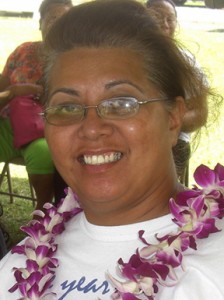
My name is Mona Uli and I am a community volunteer. I have five children and I had been very concerned about my health. I want to live as long as I can because I want to be here for my children. Their father died of a mass heart attack at the age of 45 in 2005 and I have since remarried.
We moved to American Samoa in 2012 from the San Francisco Bay Area. The transition was rough as we were not use to not having a vehicle and commuting by bus. The buses here only travel on the main road so we usually do a lot of walking to get to our destination. I noticed that though I walk a lot I was gaining weight. I realized it was because my diet was very poor. In the states you just go to the grocery store and get whatever fresh vegetables you want. Over here the variety is very limited and what’s available is sometimes not good quality or very expensive.
My friend, Agnes Vargo, was always coming to meetings with healthy snacks that were tasty like sliced fruits and vegetables and I realized these are better than the cookies and chips and deep fried pankeke that I was usually bringing for snacks. The more she talked about health and wellness and the CHL program the more I realized that healthy is do-able and if I want to be healthy and if I want my family to be healthy then I need to change our diet. I started with a few changes here and a few changes there and although I haven’t arrived yet, I am in the process.
In being a community volunteer, I connected with locals who are nutrition specialists and farmers and we began putting together presentations and educational workshops to reach out to and educate the community. Now there is a health movement going on here in American Samoa, slowly but surely. We have community talks and workshops and demonstrations, etc.. One of our network partners is Litani Ahoia who is opening a health food store. Another partner is Rory West, a landscaper, who is going around teaching workshops and educating people about growing your own garden. And then there’s Angel Saunia who has started her own organization called Samoa Vegetariano and teaches the community about the benefits of plant based nutrition.
I am also very glad to see that in the past year alone there have been three healthy & nutritious smoothie shops that have opened on island as well as a healthy pizza business.
As a volunteer at the Alliance for Strengthening Families we have had community meetings to talk about and identify the challenges of healthy living here in Am. Samoa. These are a few of the challenges we identified:
Challenge 1). Our Samoan diet is mostly meat and starch-based so we have to introduce more vegetable dishes and change the mindset that we have to eat everything with starch.
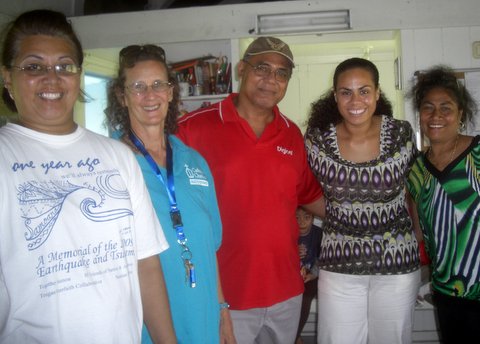
Solution: Workshops
- Starch is fine, but in moderation.
- The benefits of plant based nutrition and how the nutrients help protect against diabetes, heart disease, certain cancers and anemia;
- Which plants native to our land have much nutrition value,
- Laupele (type of leaf or greens) has more nutrients then spinach
- Soa’a (a type of banana) which has more beta carotene than a carrot.
- Lemongrass
- Etc.
Challenge 2). Many here in American Samoa are financially challenged and have large families (or extended family units) so we resort to what is cheaper or seems more affordable and goes a long way like canned and processed foods.
Solution: Workshops
- How to plant their own gardens
- Where to get seedlings
- How to plant, different techniques (hydroponics, traditional, etc.)
- The benefits of growing your own vegetables
- You control the pesticides, etc.
- Readily available and you don’t have to travel all the way to grocery store.
- Not expensive
Commonwealth of the Northern Mariana Islands
CHL Team Commonwealth of the Northern Mariana Islands
SPARK it up!
The students at Kagman Elementary School have been enjoying various types of physical activity opportunities integrated into school learning thanks to the teachers, staff, administrators, and Kagman CHL Role Models! During the holidays, the teachers were able to SPARK things up. In celebration of Halloween, the teachers coordinated various games utilizing the Spooky SPARK activities like the Holiday Halloween Ghost Hunters. The SPARK games were used instead of the traditional “Trick or Treat” candy fest and students were able to hydrate by drinking LOTS of WATER!
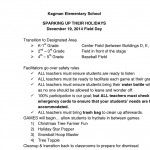
In addition to the celebration of the holidays, students enjoyed a day filled with FUN and interactive games during field day held on December 19th titled “SPARKING UP THEIR HOLIDAYS”. Teachers from all grade levels were able to facilitate FUN games such as Christmas Tree Farmer Fun, Holiday Star Popper, Snowball Hoop Blaster, and Tree Topple. Students were given time to hydrate between games.
Training the Kagman Elementary school teachers, staff and CHL role models in SPARK is truly a great investment of time and resources. The knowledge and skills gained has and continues to create positive changes within the school. The efforts thus far from our partners are truly remarkable. The CNMI CHL team commends the school as well as the role models for their commitment in sustaining such positive changes within the school system. BIBA Kagman Elementary School and Kagman CHL Role Models for your commitment to creating sustainable changes in the lives of our children.
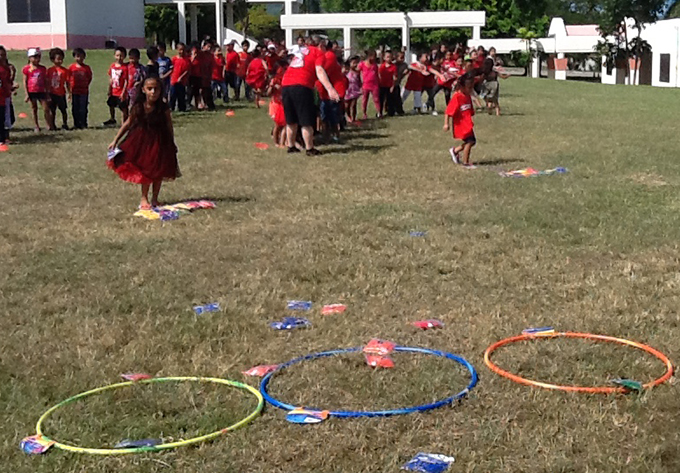
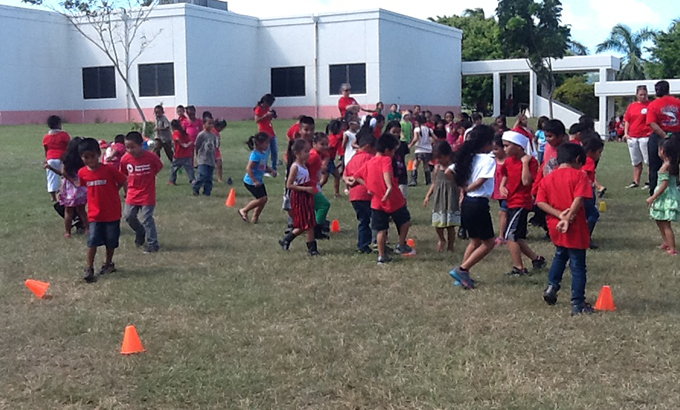
Freely Associated States of Micronesia
CHL Team Freely Associated States
The Prevalence Surveys continue in the FAS regions, with the most recent being completed February 2015 in Kosrae, FSM, the island of the “sleeping lady”. To prepare for the survey, three members of the Kosrae local team travelled to Honolulu in December 2014 to participate in the Hawaii measurement standardization. All were successfully standardized. From January 21 –February 3, 2015, the FAS team alongside the local Kosrae team visited Early Childhood Education (ECE) sites throughout the island. Six sites were visited (Tafunsak, Lelu, Malem, Sansrik, Utwe, Walung), with two hundred and four children anthropometrically measured, while 102 children received Actical acclerometers. All Acticals were successfully recovered from Kosrae, and the majority of the parents returned to the recovery days with completed Food and Activity Logs. Cecilia Sigrah, our Kosrae Outreach Education Assistant has begun scanning of the forms to facilitate the start of data entry. The CHL FAS Team is thankful to our local fiscal partner, the Kosrae Comprehensive Cancer Control as well as the local staff, parents and children whose involvement made the survey a success. Special thanks also to Mrs. Cecilia Sigrah, and Mr. Nena Tolena Program Director, Kosrae Health Services who both worked tirelessly to ensure the success of the Kosrae survey.
In FAS data related news, Palau has completed data entry for Other Forms, CAT, and the Food and Activity Logs. Kudos to Shelley Remengesau, our Palau Outreach Education Assistant, for her hard work and efforts! Shelley will be assisting with the data entry of Kosrae forms from the recent survey. Pohnpei, RMI and Yap continue with FAL data entry. CAT data has been collected for Kosrae and Yap, first entry of these forms are scheduled to begin soon.
The FAS team will work with Chuuk Public Health and Department of Education to implement the Chuuk prevalence survey beginning in mid-May 2015.


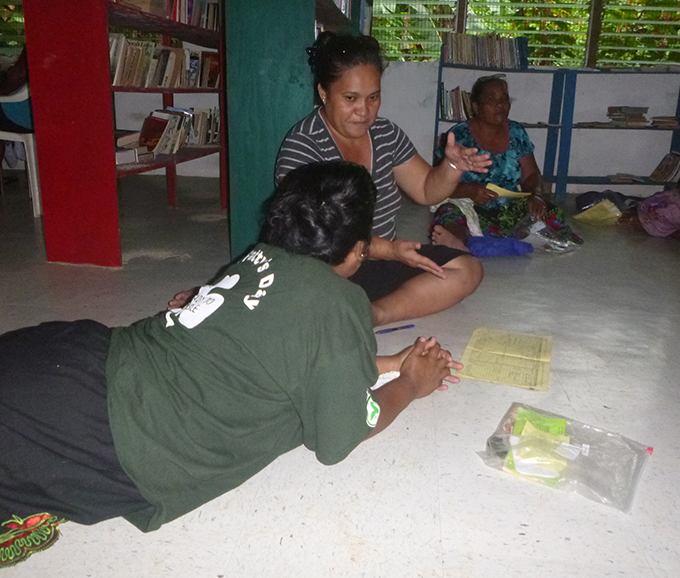
Guam
CHL Team Guam
Healthy Village Weight Initiative
The Guam CHL team has completed the Healthy Village Weight Initiative, which was a huge success based on all the positive comments that have been received. The initiative was a recruitment and retention tool for an educational program that engaged the communities’ competitive drive. The program consisted of two hour weekly sessions of physical activity and nutrition education, as well as activities to be done at home. Out of 74 total participants, 27 had perfect attendance and 46 have attended at least 75% of the sessions. The team leveraged CHL funds with community sponsorship for the programs incentives. Upcoming activities include conducting a “Healthy Village Weight Initiative” in the optimized communities and assisting both the Governor of Guam and Guam Department of Public Health and Social Services in conducting similar programs for the island.
Guam Public Law 32-179 – Through Guam CHL and NCD’s lobbying efforts, Senator Dennis Rodriguez has awarded $300,000 of legislated funds to promote health, wellness and physical activity in DOE schools. The goal is to pilot a project to help DOE move towards insuring that students receive 1 hour/day of physical activity and evaluate its success. This is part of CHL’s effort to transition our program efforts into local organizations.
Three project components include:
1. Build the capacity of DOE nurses in 8 schools to conduct BMI health screenings and standardize data collection, archival and analysis. Nurses in piloted schools will be provided high quality uniform body composition and weight scales, SNAP software to archive and assist in analysis, and a server to link the 8 (and future) schools.
2. Build the capacity (curriculum, training and equipment) of DOE teachers, aids and administration to implement an evidence based PE curriculum (SPARK) in 8 schools. Through piloted projects from CHL and Guam Community College’s Early Childhood Education, SPARK curriculum was selected. Schools in the optimized villages have also been selected for this pilot program. This is a locally funded ten-fold increase to expand on CHL’s initial pilot of using SPARK in elementary schools.
3. Mini-Grants for development of capacity building efforts to pilot innovative ways to embed Physical Activity in the schools curriculum and after school programs.
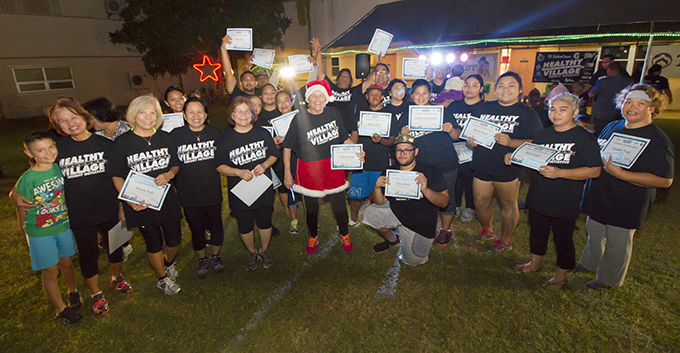
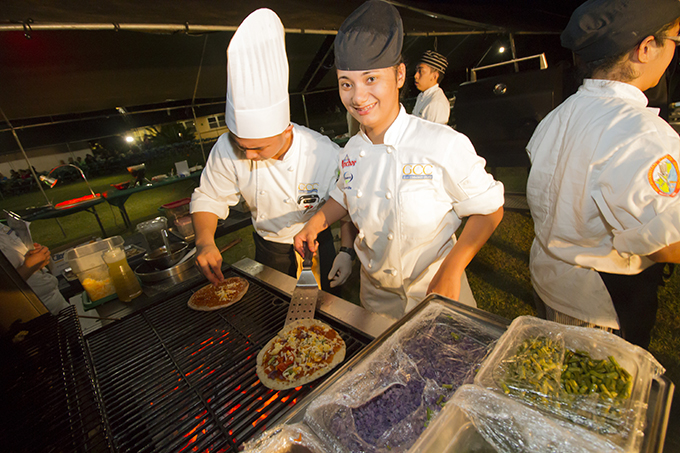

Hawai‘i
CHL Team Hawai‘i
CHL Hawaiʻi has been working with the Wai‘anae Alliance for Wellness and Place-Based Learning (WAWPBL), which is made up of multiple entities on the Wai‘anae coast. WPBLA currently includes the following members: Wai‘anae Coast Comprehensive Health Center (WCCHC), Ka‘ala Farm, Program for After School Literacy Support, Ma‘o Farm, INPEACE, Malama Learning Center, and Hoa ‘Aina O Makaha. These members offer different services and resources, all of which contributes to the reach of CHL goals that affect the community wellness of Nānākuli. For example, Ka‘ala Farms was aligned with CHL’s goals by establishing a community garden area where children and families were encouraged to learn about cultivating kalo, an integral Hawaiian cultural plant. Other ways the Alliance has moved the CHL message forward is by providing gathering places for the community, workshops, and health and educational services. Working with this alliance has helped broaden CHL’s reach by bringing together the wealth of resources, linkages, and variety of community role models who are now taking over the lead in CHL’s goals for lowering childhood obesity. For example, the Alliance along with several other partnerships are currently coordinating the next Makahiki event that will take place over the course of three days in February. Ka‘ala Farm, WCCHC, PALS and PLACES, JABSOM, and Nānākuli High and Intermediate School (NHIS) are collaborating to bring the community together to celebrate the closing of Makahiki season. Together, these members will host cultural, placed-based and healthy community activities at three different locations: WCCHC, NHIS, Ka‘ala Farms. Bringing the community to each location allows these members to showcase different settings in which we improve healthy living and teaches that a healthy lifestyle involves a variety of interacting components.
